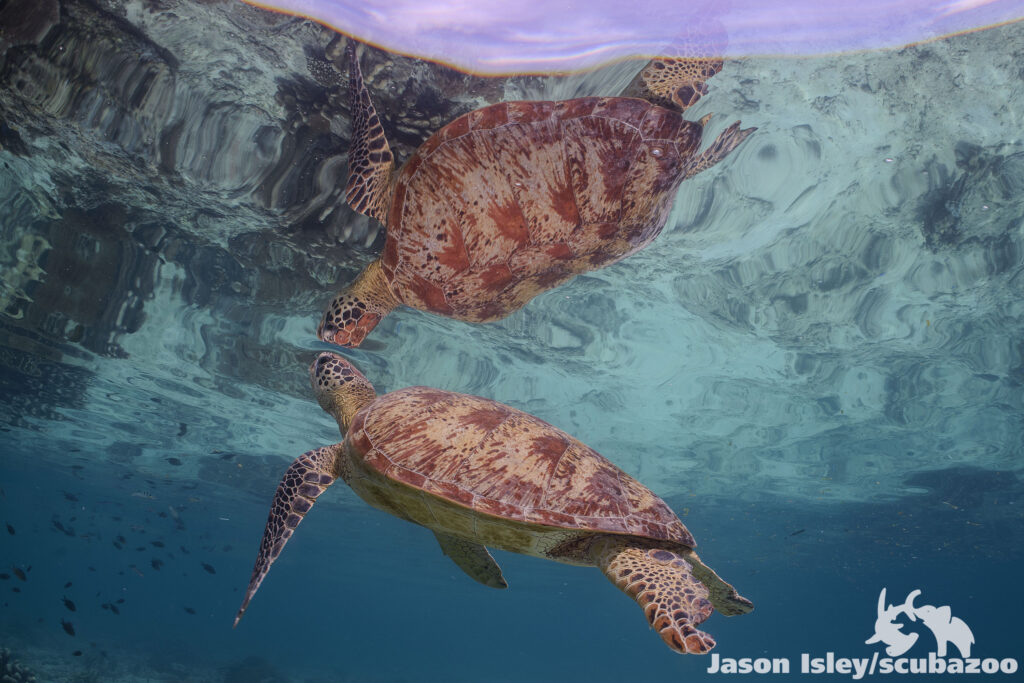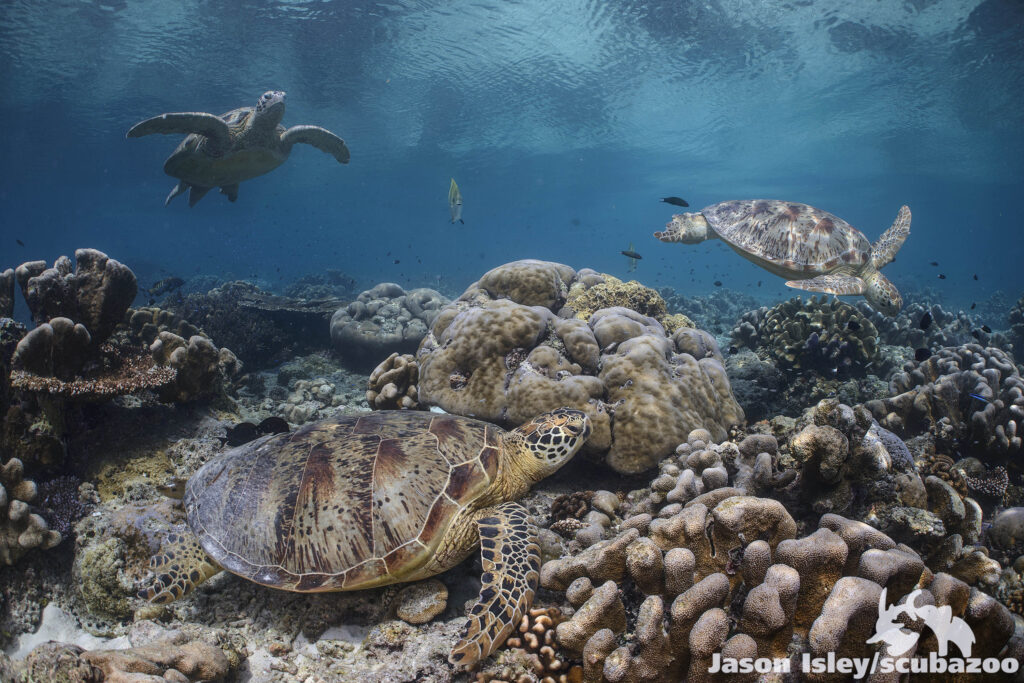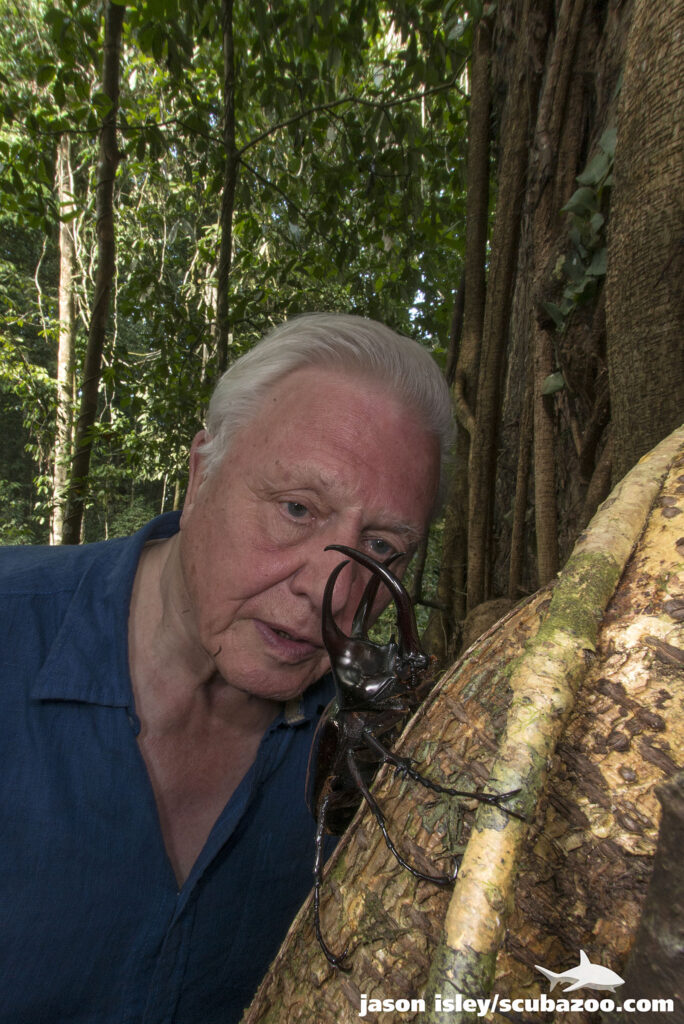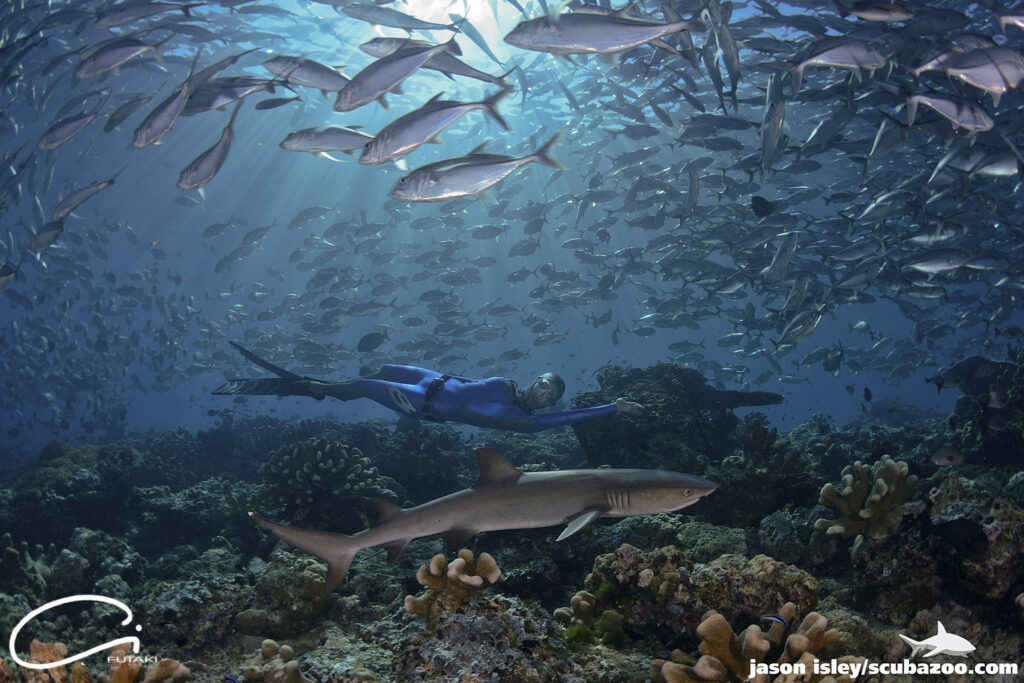Part of the REAL FOCUS series
The Ethical Lens: Meet the Professionals Redefining Ethics Below the Surface

From the kaleidoscopic reefs of Sabah to the secret lives of sea creatures rarely seen, Jason Isley has spent over two decades beneath the surface—not just documenting marine life, but giving it a voice. As a founding member of Scubazoo, Asia’s leading underwater media company, Jason has helped shape global narratives around ocean conservation, from filming for the BBC and National Geographic to publishing best-selling books like Small Blue World. His images—often whimsical, sometimes haunting—linger not just for their beauty, but for their message.
In a world where the race for the “perfect shot” can blur the line between admiration and intrusion, Jason Isley is a rare voice of clarity. He believes the most powerful photographs should not only be technically brilliant but also ethically grounded. And as the pressure mounts on both photographers and marine environments, his perspective couldn’t be more timely.
Start with Respect
“Ethical interaction starts with respect,” …
“Ethical interaction starts with respect,” Jason says, when asked what the term means to him. “Respect for the subject, the space and the privilege of even being down there with a camera in the first place. We have to remember we are just visitors in their world.”
It’s a simple principle—but one that demands constant awareness. For Jason, ethical photography is not a box to tick, but a mindset to embody. It shows up in the decisions you make before you press the shutter: whether to approach or stay back, whether the creature is at ease or distressed, whether your presence is simply an observer — or a disruptor.
And yes, that often means walking away from a shot.
Do What is Right
“Many times I’ve turned away from a potential photo because it didn’t feel right,” he admits. “If an animal is behaving erratically or showing signs of stress, especially during feeding or mating, you’re not witnessing nature anymore – you’re influencing it. And that’s where I draw the line.”
It’s not always easy. In the competitive world of underwater imagery, rare or dramatic encounters can mean accolades, attention and even income. But Jason is adamant: getting the perfect shot should never outweigh the wellbeing of its subject.
As a storyteller, Jason is uniquely equipped to shape how people see the ocean—not just what they see, but how they interpret it. He’s aware of the ripple effect a single image can have, especially in an age where social media and image-sharing have become the primary touchpoints between the public and the underwater world.
“Like it or not, we’re influencers,” he says. “When people see an image of a critter in an unnatural pose or with no context, they might try to replicate it. That can lead to harmful practices—even if the original intent was innocent.”
Restraint is Part of the Story
That’s why Jason urges photographers, both professional and amateur, to be transparent—not only about their images, but their process. “Talk about the behind-the-scenes,” he says. “Not just the glory of the moment, but the patience it took to get there without disturbing a thing. The restraint is part of the story.”
Few people walk that line of storytelling and truth quite like Jason. His iconic series featuring miniature plastic divers playfully interacting with marine creatures is a case in point. While humorous on the surface, the images are laced with ecological commentary, inviting viewers to consider the scale and significance of marine life in ways they may not expect.



Ethics and Creativity Make the Best Stories
In many ways, Jason’s work serves as a gentle reminder that ethics and creativity are not opposites—they should be allies. The real artistry lies in crafting compelling stories without altering the reality of the subject.
When asked why it’s more important than ever to spotlight ethics in underwater photography, his answer is grounded in the state of the oceans themselves. “The pressure on marine life is greater than it’s ever been,” he says. “Climate change, pollution and habitat loss—it’s a long list. As photographers, we’re in a position of influence. So the least we can do is not add to the burden.”
That responsibility, he says, should extend to competitions, content creators and even casual divers with cameras. “It’s great to see competitions now asking for unedited RAW files, or enforcing stricter guidelines around interactions. It raises the bar—and makes ethics part of what excellence looks like.”
Observe. Research. Move with Intention
So, what advice would he give to those just beginning their underwater photography journey?
“Slow down and observe,” Jason says. “Learn the animal’s behaviour so you can spot what’s natural and what’s not. The best photographers aren’t the ones who rush in. They’re the ones who wait.” And perhaps most powerfully, always remember that a great photo is one that doesn’t cost the ocean anything.
Photograph with Heart
In an increasingly crowded and content-driven world, Jason Isley’s approach is a breath of fresh air—and saltwater. His images delight and provoke. His stories inform and inspire. But above all, his work invites us to look closer, act kinder and photograph with heart. Because in the end, the ocean doesn’t need another photo. It needs more photographers who care.






Discover more of Jason’s underwater world:
Follow him on Instagram Scubazoo Productions (@scuba.zoo) or visit his website at https://www.scubazoo.com/